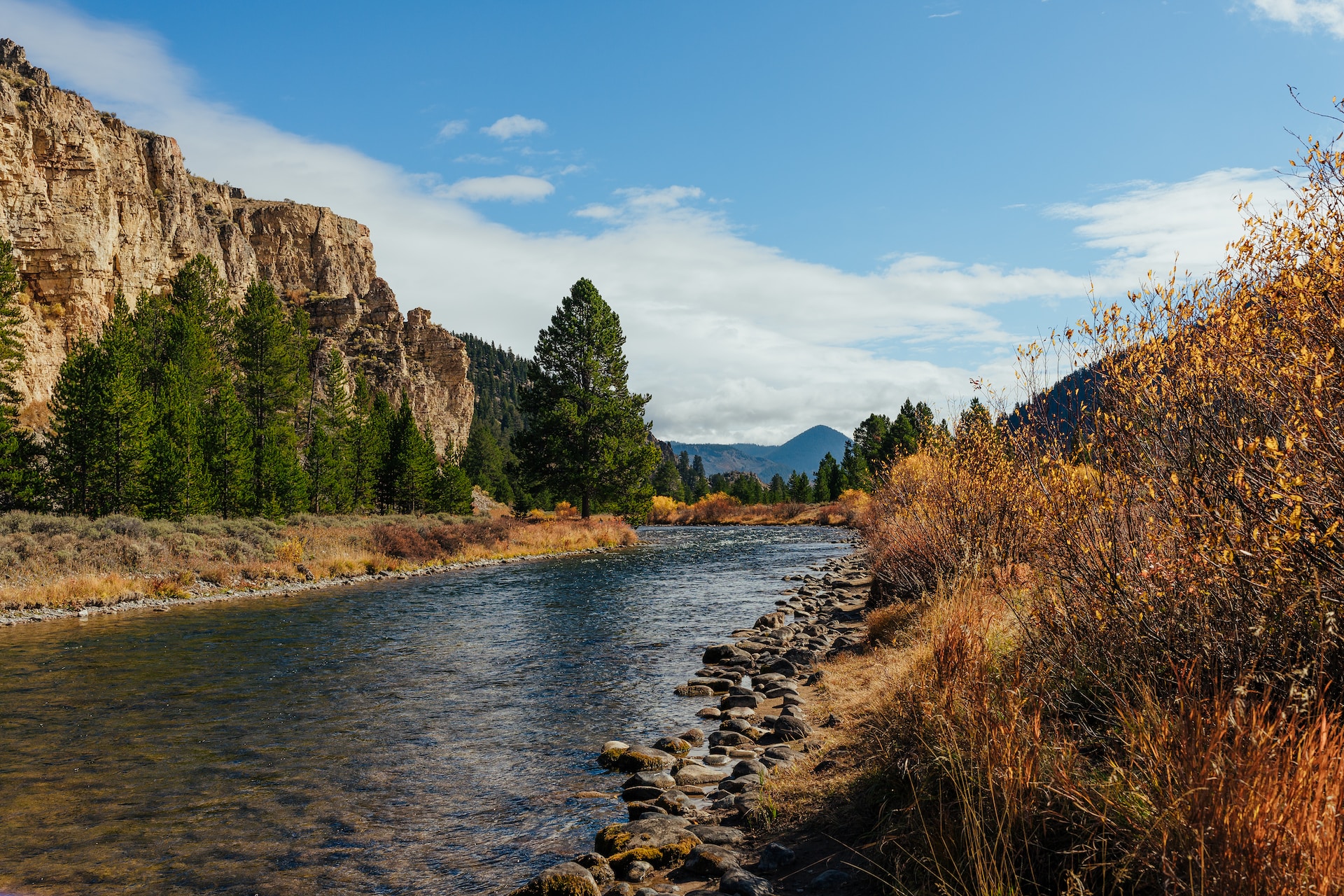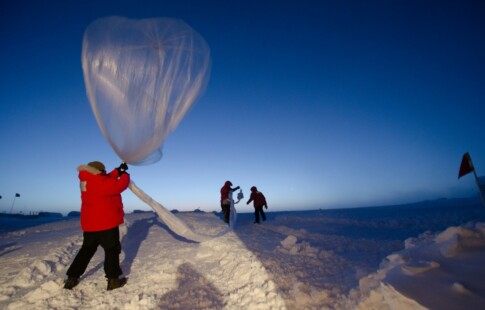
Importance of Water: Conserving Healthy Watersheds Across America
We are reader-supported. When you buy through links on our site, we may earn affiliate commission.
Increasing pollution has underscored the importance of water and the issuance of sound conservation policies. Water is an essential resource humans cannot live without.
Across the nation, organizations and volunteers have embarked on a mission to protect U.S. watersheds. The work is challenging but necessary to ensure continued access to clean drinking water sources. Here’s an overview of watersheds in America and what different organizations are doing to protect these vital ecosystems.
Why Is Water Important?
People have long considered the Earth the “Blue Planet.” While its nickname indicates an endless water source, not all water is accessible or fit for consumption.
In fact, 99% of the Earth’s water is unpotable for humans and animals. Of the remaining 1% of fresh water, about 68% is locked up in ice caps and glaciers, leaving only 32% underground.
Unfortunately, not all groundwater is available for drinking, either. After 1,426,619 miles of rivers and streams were assessed, scientists found the Clean Water Act of 1972 had fallen short of its mission. Roughly 725,826 miles of fresh waterways are polluted, while half is deemed unsuitable for swimming or fishing.
What Is a Watershed?
A watershed is a dividing ridge where land channels rain and snowmelt into rivers, streams, basins, bays, and the ocean. Some of the water flows into groundwater aquifers instead of other water bodies.
The U.S. Geological Survey assesses 22 watersheds across the country, each distinctive of a river drainage area — such as the Great Lakes region and Pacific Northwest.
The Mississippi River watershed drains 1.15 million square miles into 31 states and two Canadian provinces, making it the largest U.S. hydrologic catchment. Meanwhile, the Chesapeake Bay watershed supports 18 million people and 3,600 flora and fauna throughout six states and Washington, D.C.
The Chesapeake hydrologic region formed 12,000 years ago during glacier flooding in the Susquehanna River valley. The watershed holds 15 trillion gallons of water and empties into the largest estuary in the U.S.
How Watershed Organizations Are Addressing Water Quality
Conservation groups have engaged communities in protecting local watershed channels and resources. Many provide educational opportunities, advocacy and social activities to clean up and restore the surrounding environment. Here are five U.S. watershed groups making a difference for better water quality.
Miami Waterkeepers
Miami, Florida, may be recognized as one of the nation’s most beautiful tropical escapes, but the city has a severe water problem.
Local watershed group Miami Waterkeeper — led by Rachel Silverstein — spent a year testing water quality in the Miami River and Biscayne Bay. Initially, Everglades National Park fed the Miami River. However, due to dredging and rapid urban development, Lake Okeechobee now channels water into South Florida.
Considering Lake Okeechobee is the state’s most polluted water source, it was no surprise quality testing came back with high pollution levels. The program’s dirtiest test site was Miami’s Jose Marti Park, which failed 66% of water quality tests in meeting federal standards.
Miami Waterkeeper is highly involved in improving Miami-Dade County’s watershed, deploying a volunteer-based pollution detection program, cleanups and advocacy. In June 2023, Miami Waterkeeper received a $5 million investment from the Knight Foundation for engaging the community in climate resilience and water protection.
Cape Fear River Watch
News broke about Gen X contamination in North Carolina’s Lower Cape Fear River in 2017, concerning 300,000 people’s drinking water and well-being. Gen X — a manufactured chemical derived from DuPont subsidiary Chemours — discharged toxins 80 miles upstream.
While information is limited, toxicology studies indicate Gen X exposure may affect the liver, kidney, and immune systems. It could also cause developmental problems and various cancers, including pancreatic and testicular.
The Cape Fear River Watch (CFRW) is headquartered in Wilmington, along the state’s southern coast. The group is highly involved in advocating for the Cape Fear River watershed’s 9,100 square miles and the thousands of people who rely on it.
Most recently, the CFRW petitioned the N.C. Environmental Management Commission, demanding more stringent permitting requirements on companies releasing chemical effluents into the Cape Fear River.
Hudson River Foundation
The Hudson River Foundation aims to protect the Bronx and Harlem River watersheds in New York. The group supports scientific investigation and collaboration to protect its watershed’s resources.
The Harlem River Foundation concentrates on fishery restoration, conserving habitats, improving water and sediment quality, climate change resilience, and educating the public on environmental stewardship.
Through the New York-New Jersey Harbor Estuary Program, the group monitors 47 water quality indicators to measure the group’s efforts and inform policies for safety and public access.
Gallatin Watershed Council
The Gallatin watershed spans 1.2 million acres, from Yellowstone National Park through Montana. One of the primary concerns is stream impairments in the Lower Gallatin watershed region. Monitoring efforts indicate that 15 streams exceed the water quality standards for E. coli per the Montana Department of Environmental Quality (MTDEQ).
In 2014, the Gallatin Watershed Council partnered with regional communities to develop 33 watershed restoration projects to improve stream quality. As of 2020, the organization and the MTDEQ are updating the plans.
The Gallatin Watershed Council recently kicked off a community tree-planting project with 30 volunteers to better manage stormwater runoff.
The Watershed Project
The Watershed Project in the San Francisco Bay promoted community stewardship over their local watersheds. After 25 years since its launch, the organization has achieved great success, from restoring species-rich shoreline habitats to supporting watershed education and urban greening.
Some highlights from The Watershed Project’s 2022 Annual Report included the following:
- Provided 779 outdoor learning opportunities for 893 Bay Area students
- Organized 600 volunteers to clean up 8,000 items weighing over 15,000 pounds
- Tested water quality at 36 sites in nine creeks monthly
- Implemented rainwater harvesting, rain gardens, and native plant habitats
The Watershed Project is highly focused on mobilizing volunteers and continues to reap the benefits of its efforts.
You Can Protect Your Local Watershed
Everyone should uphold the importance of water, taking accountability for protecting their local water resources. Consider searching for a nearby watershed organization to volunteer and participate in cleanup activities. Remember to also do your part in conserving water and avoid using harmful chemicals like commercial household cleaners and pesticides.
Share on
Like what you read? Join other Environment.co readers!
Get the latest updates on our planet by subscribing to the Environment.co newsletter!
About the author
Jane Marsh
Starting from an early age, Jane Marsh loved all animals and became a budding environmentalist. Now, Jane works as the Editor-in-Chief of Environment.co where she covers topics related to climate policy, renewable energy, the food industry, and more.





